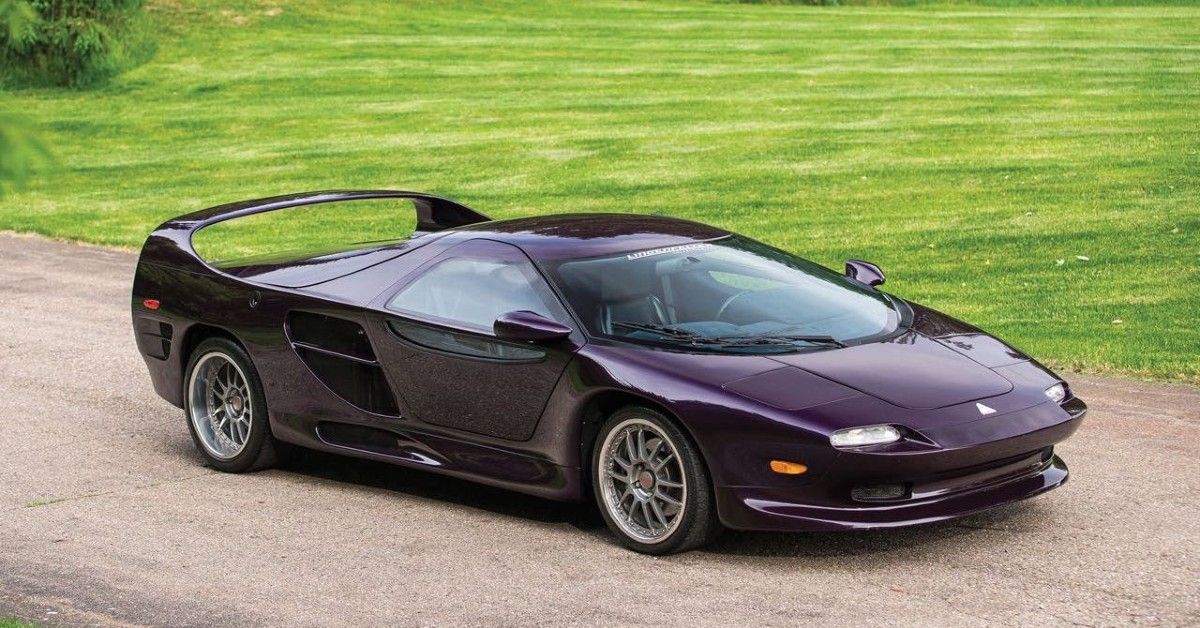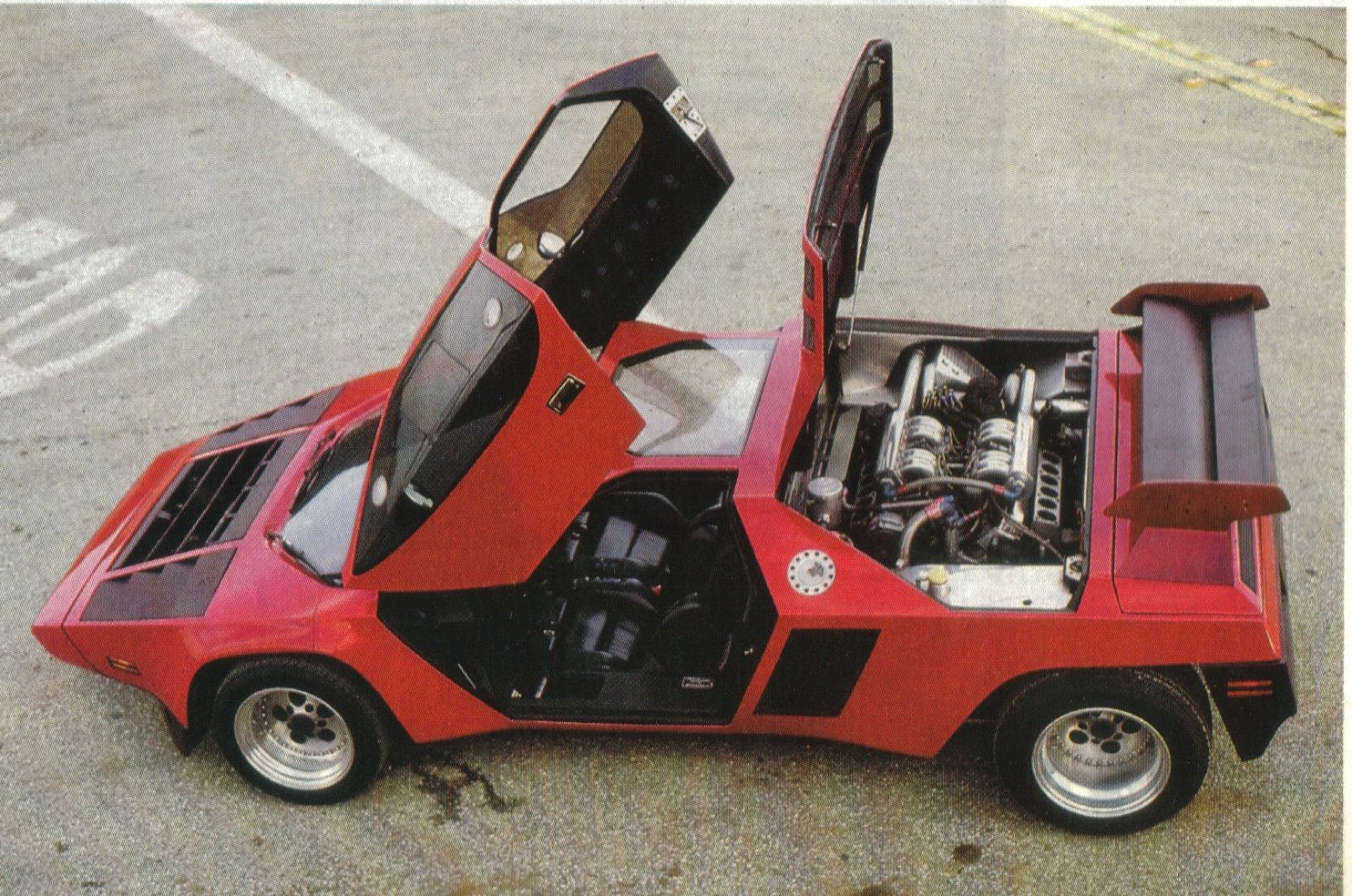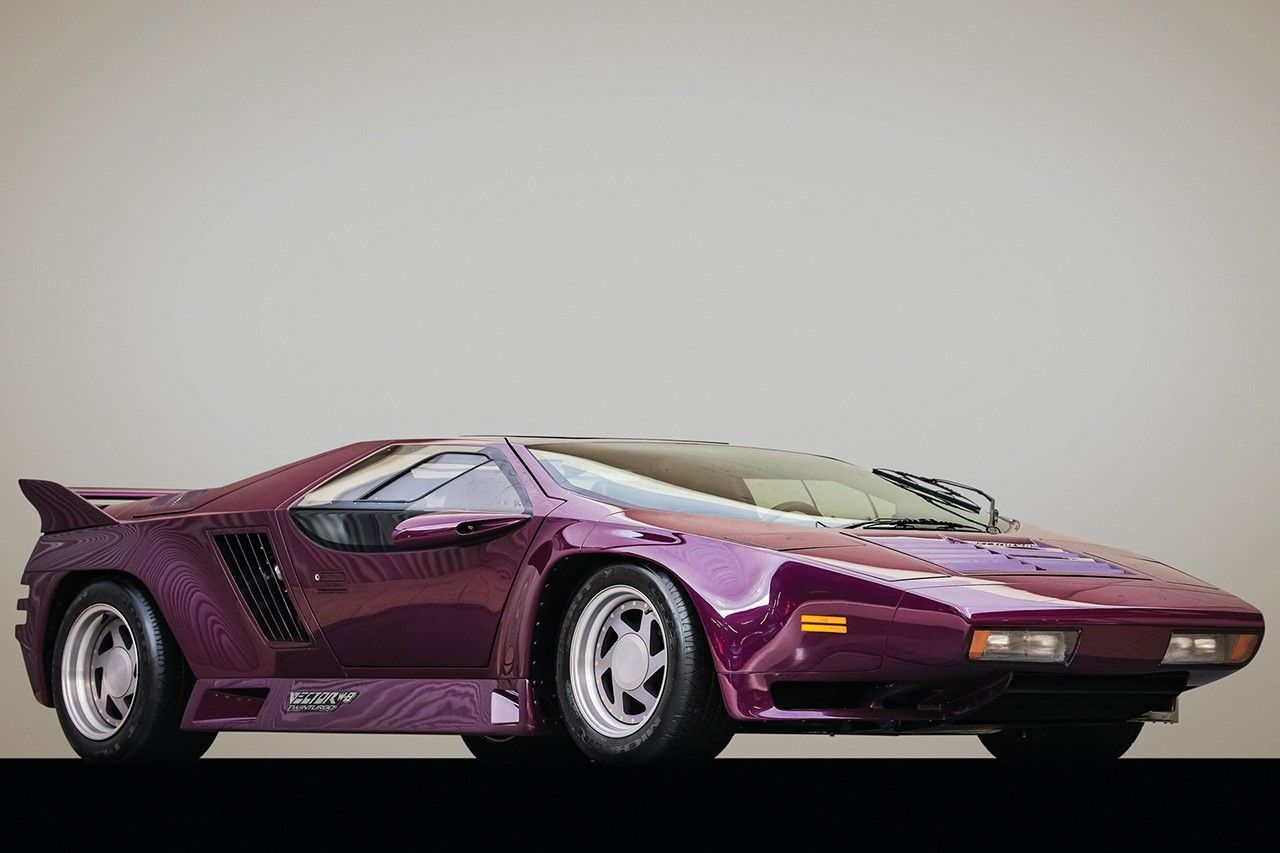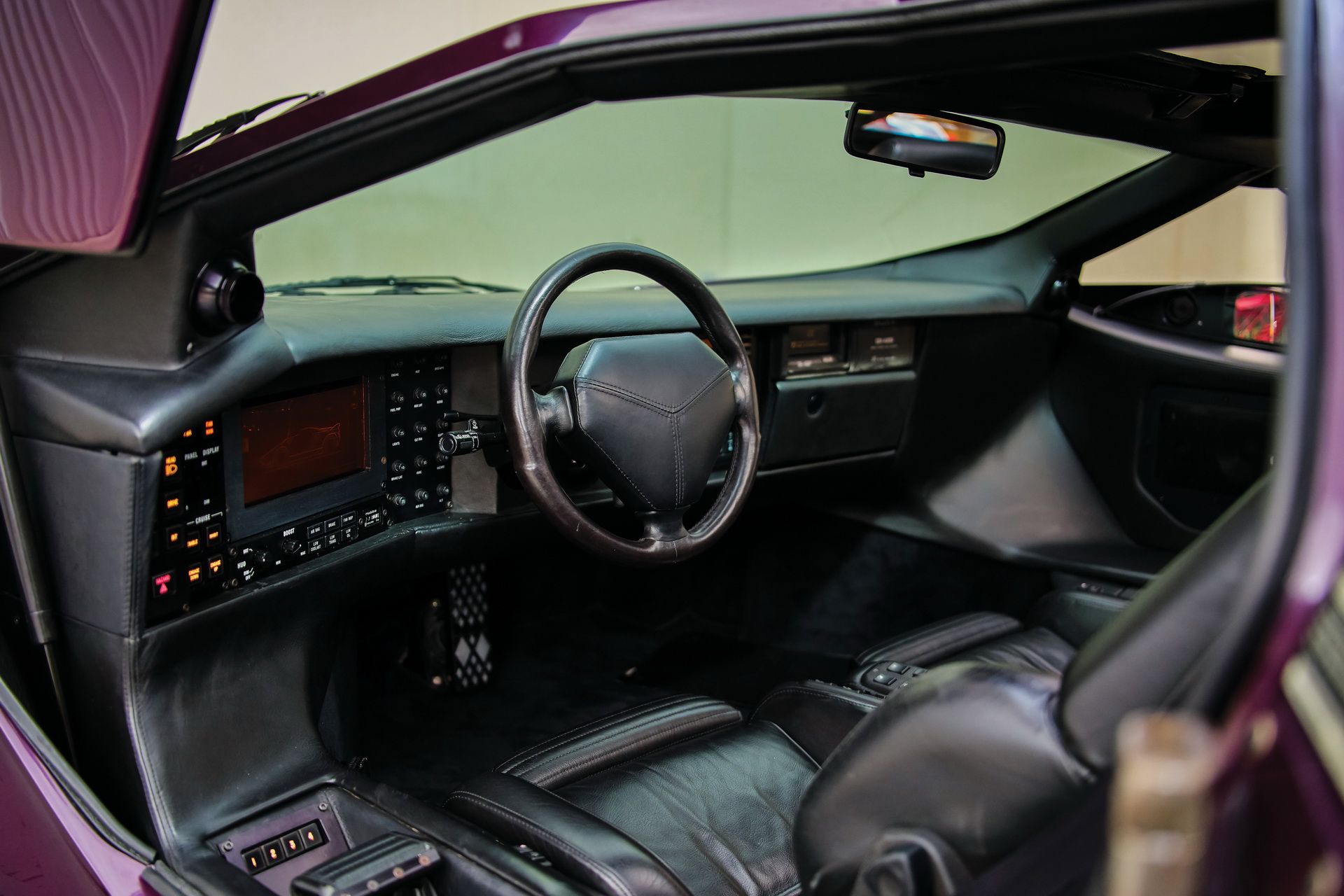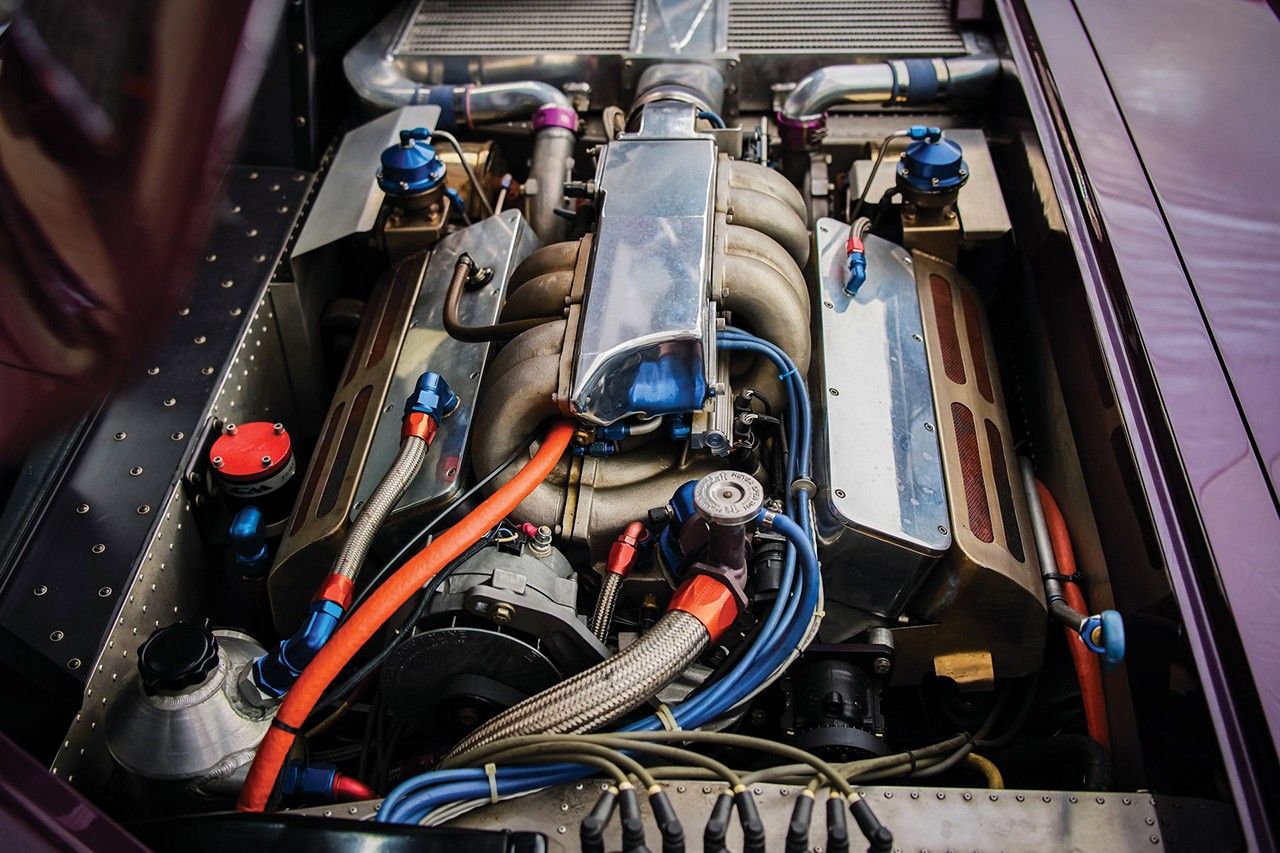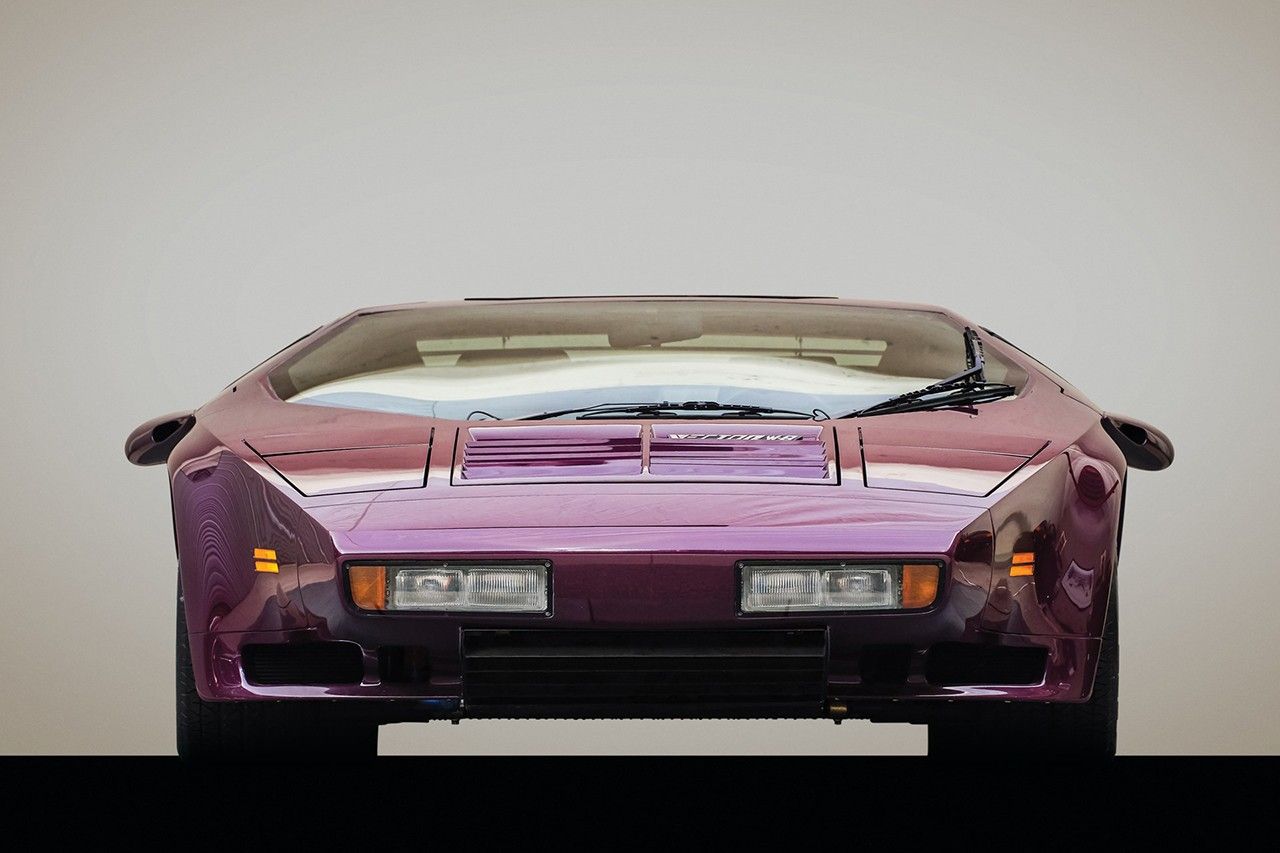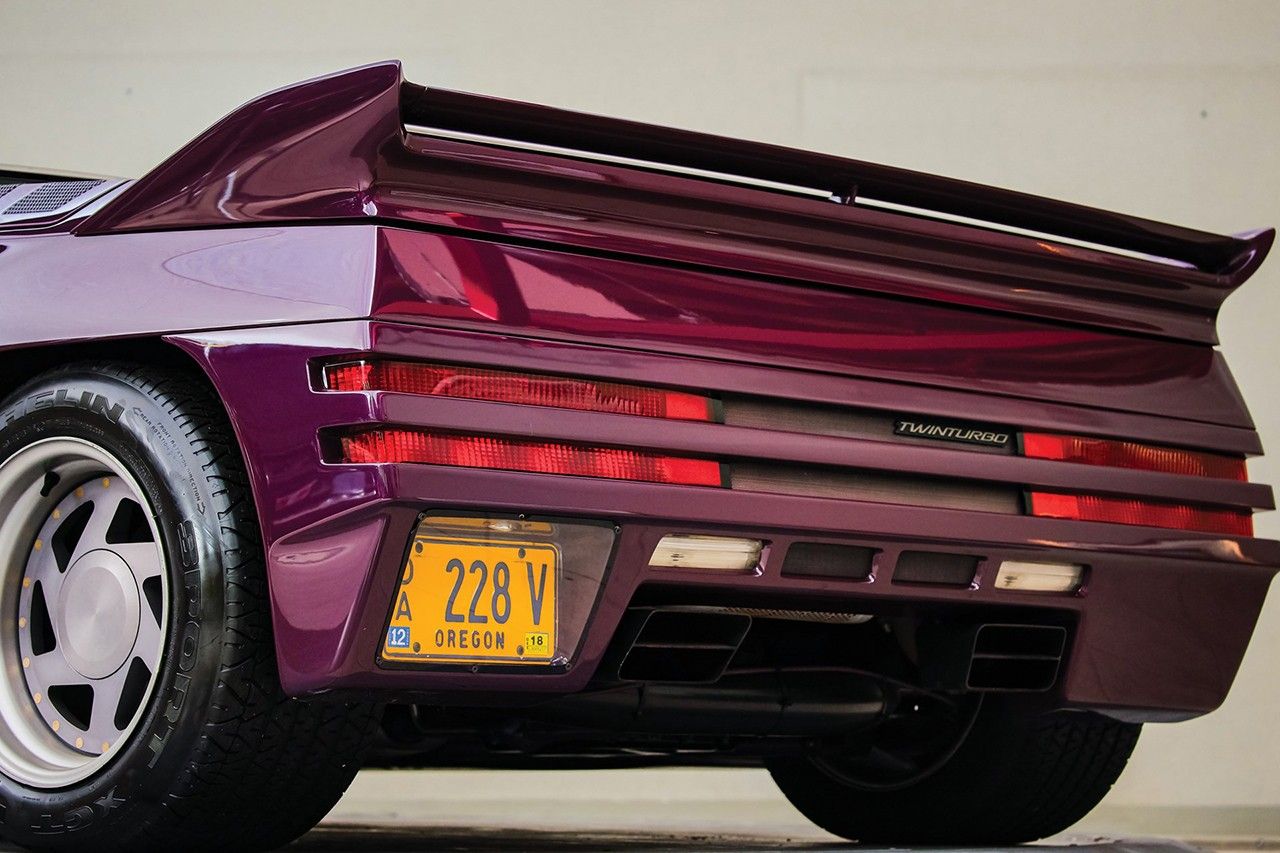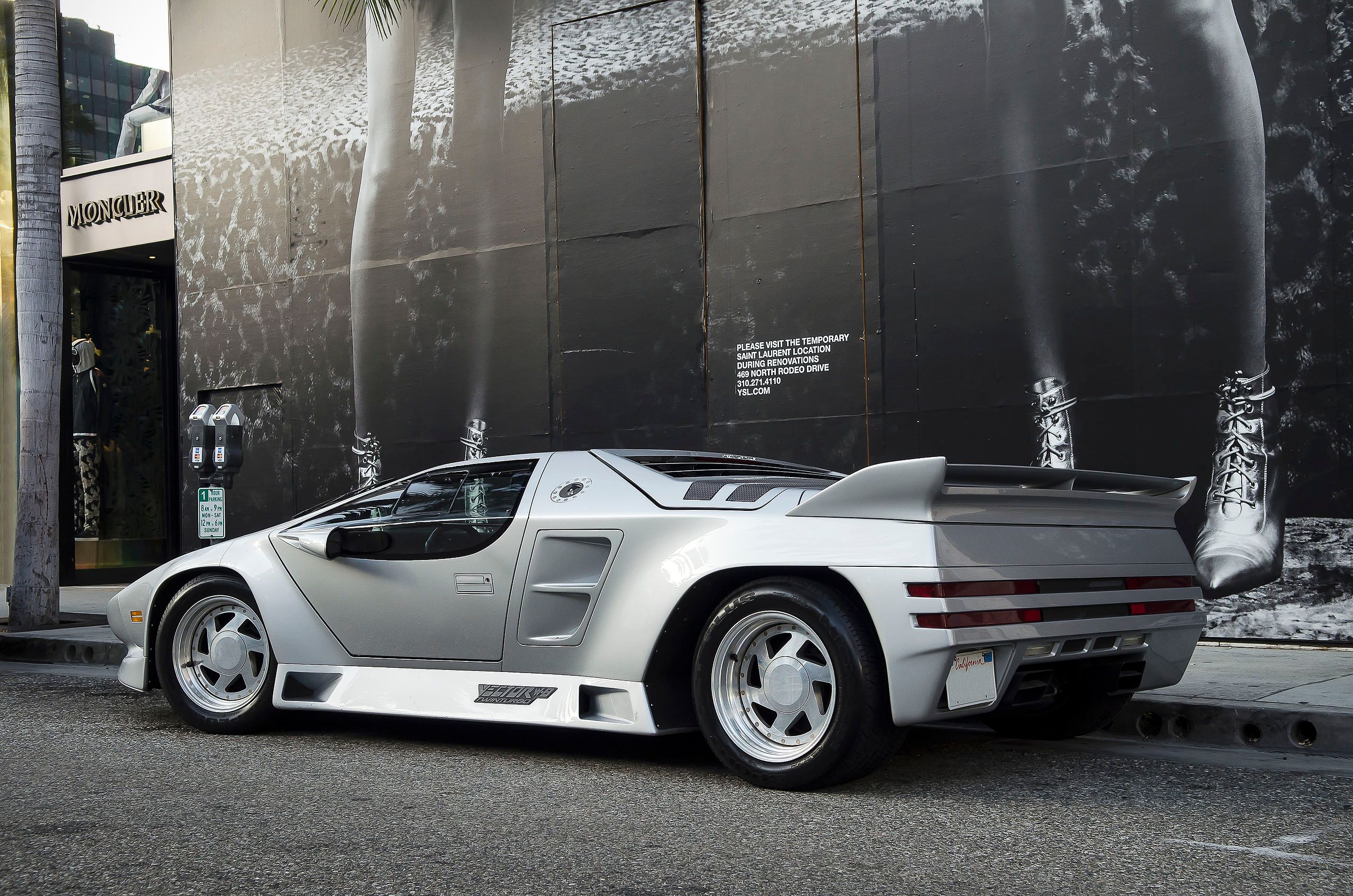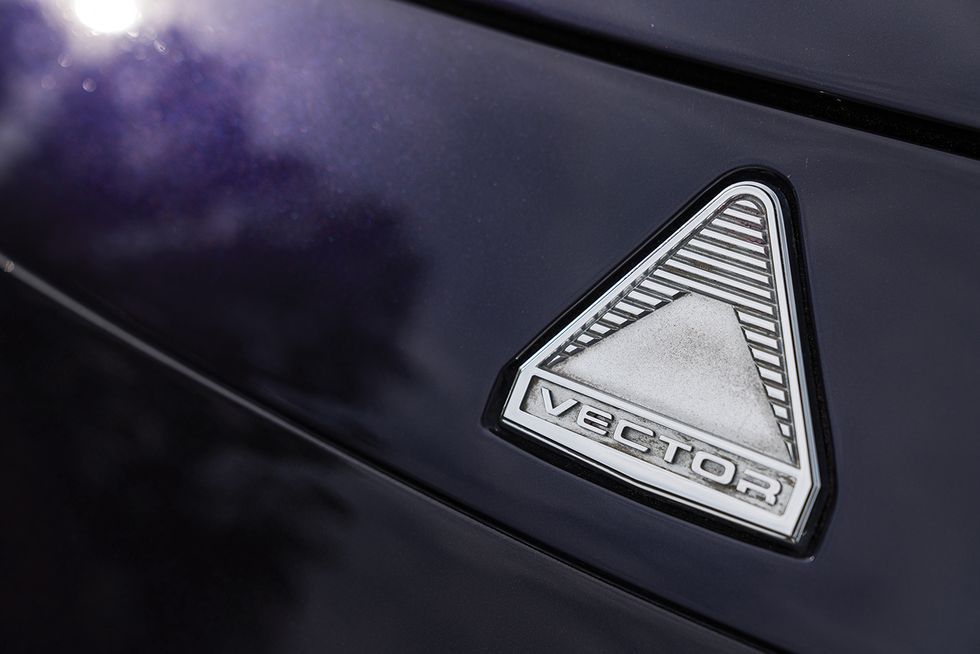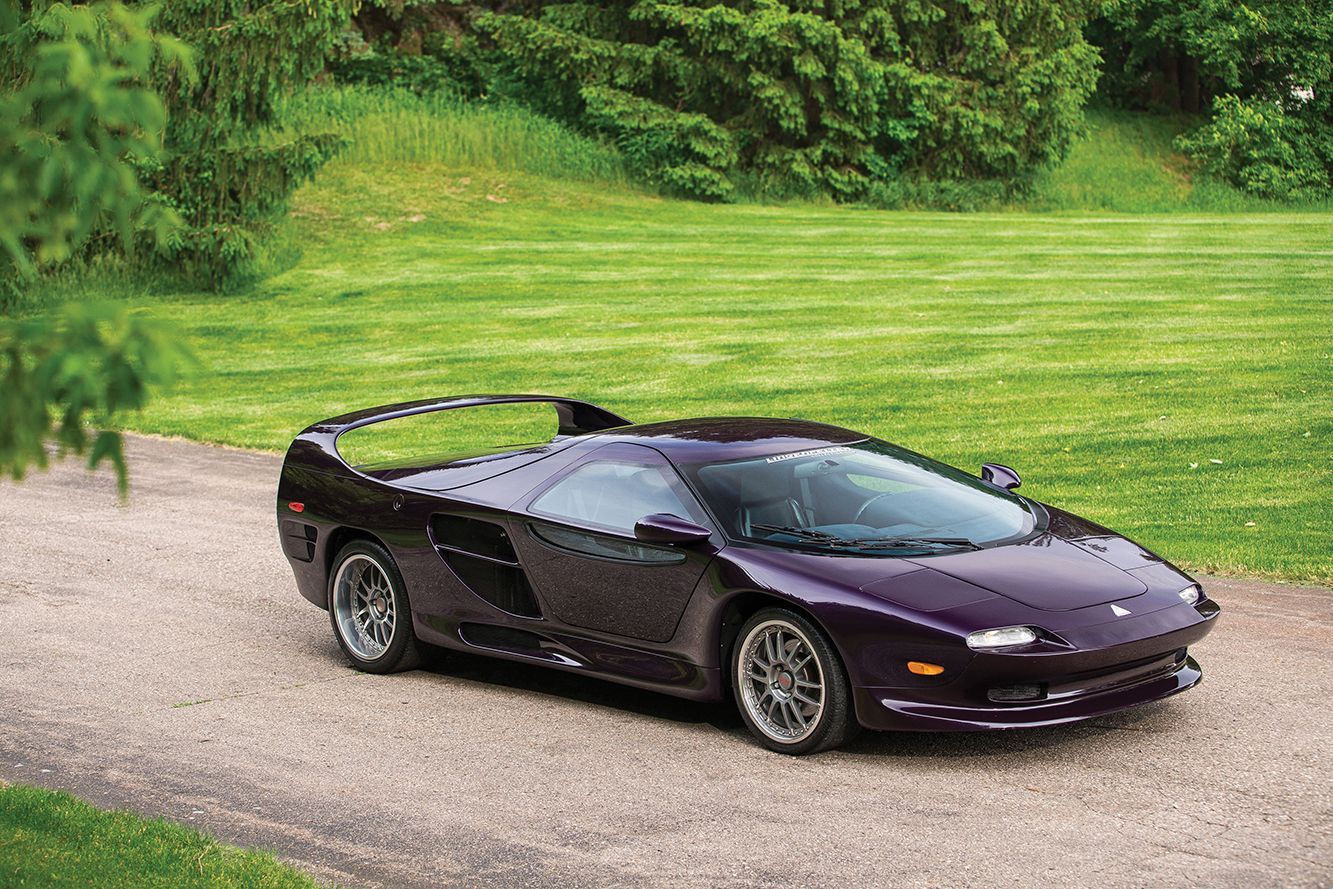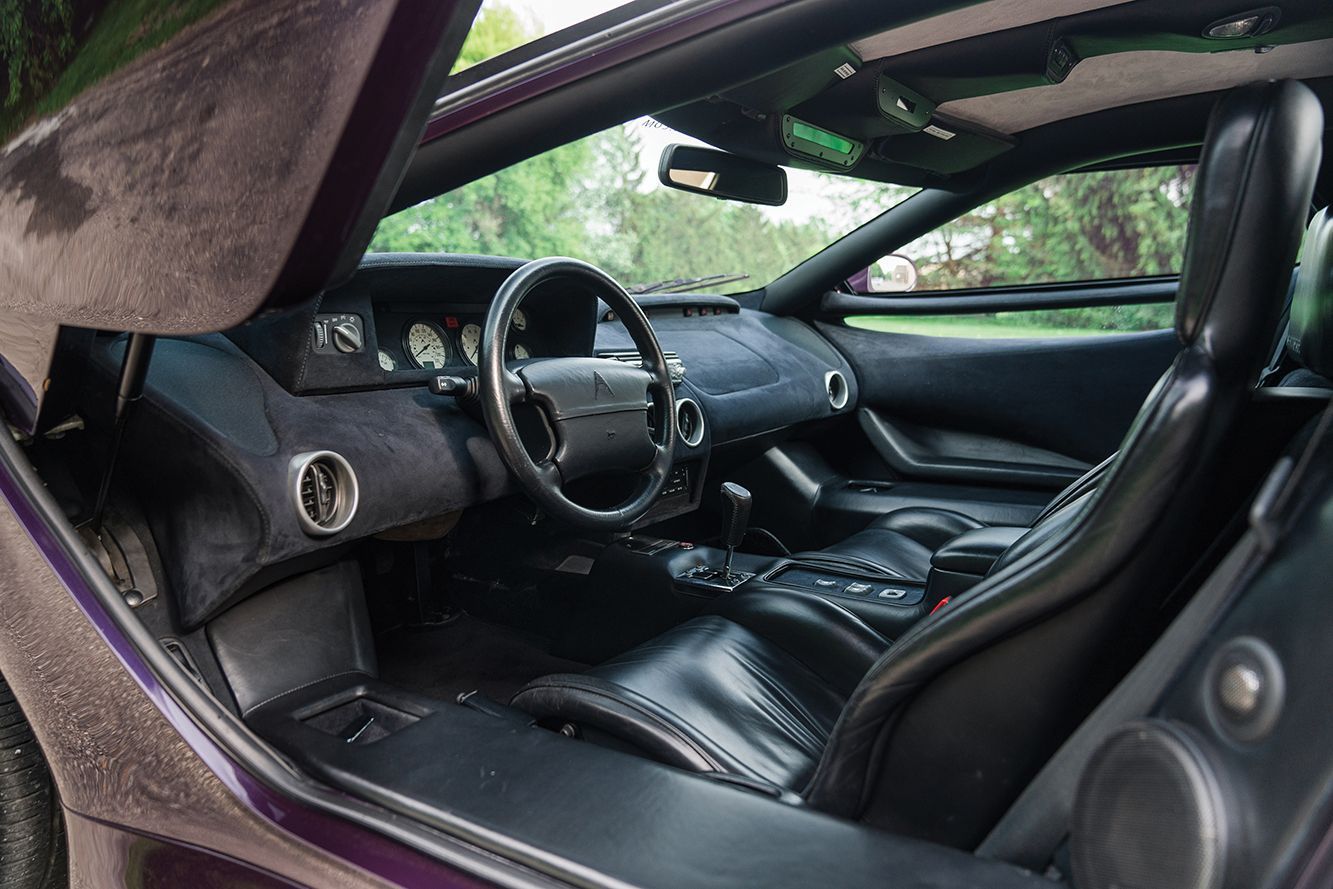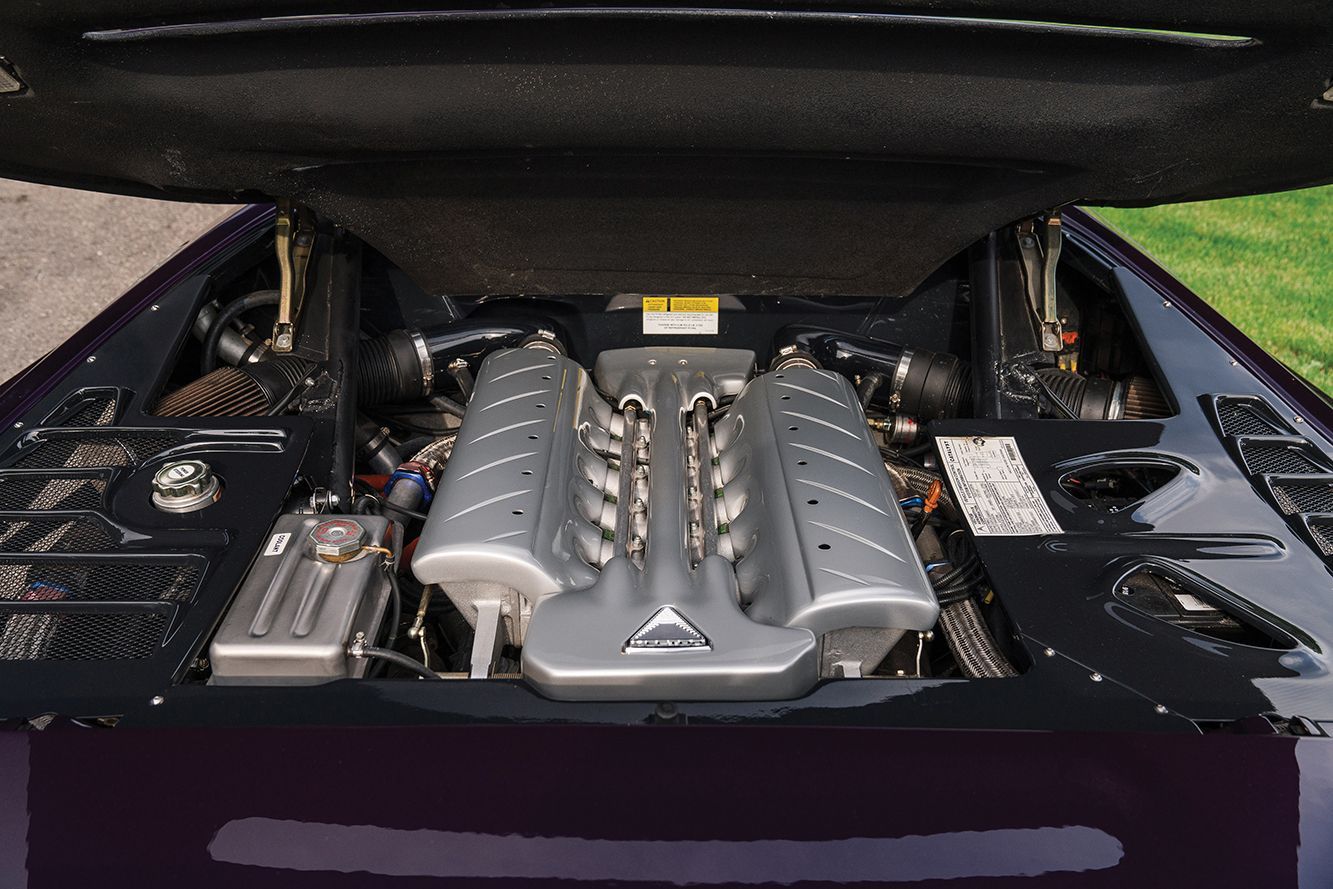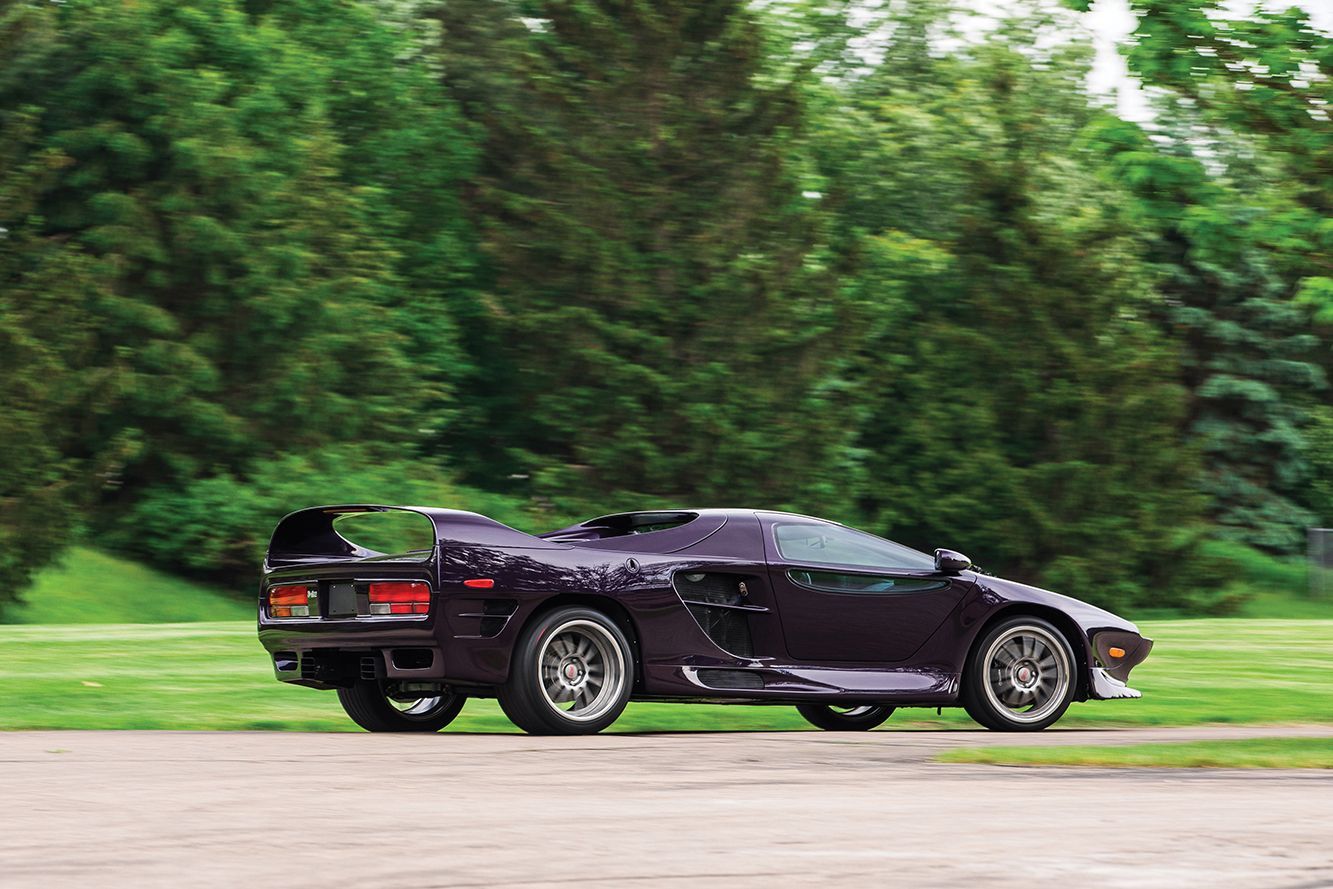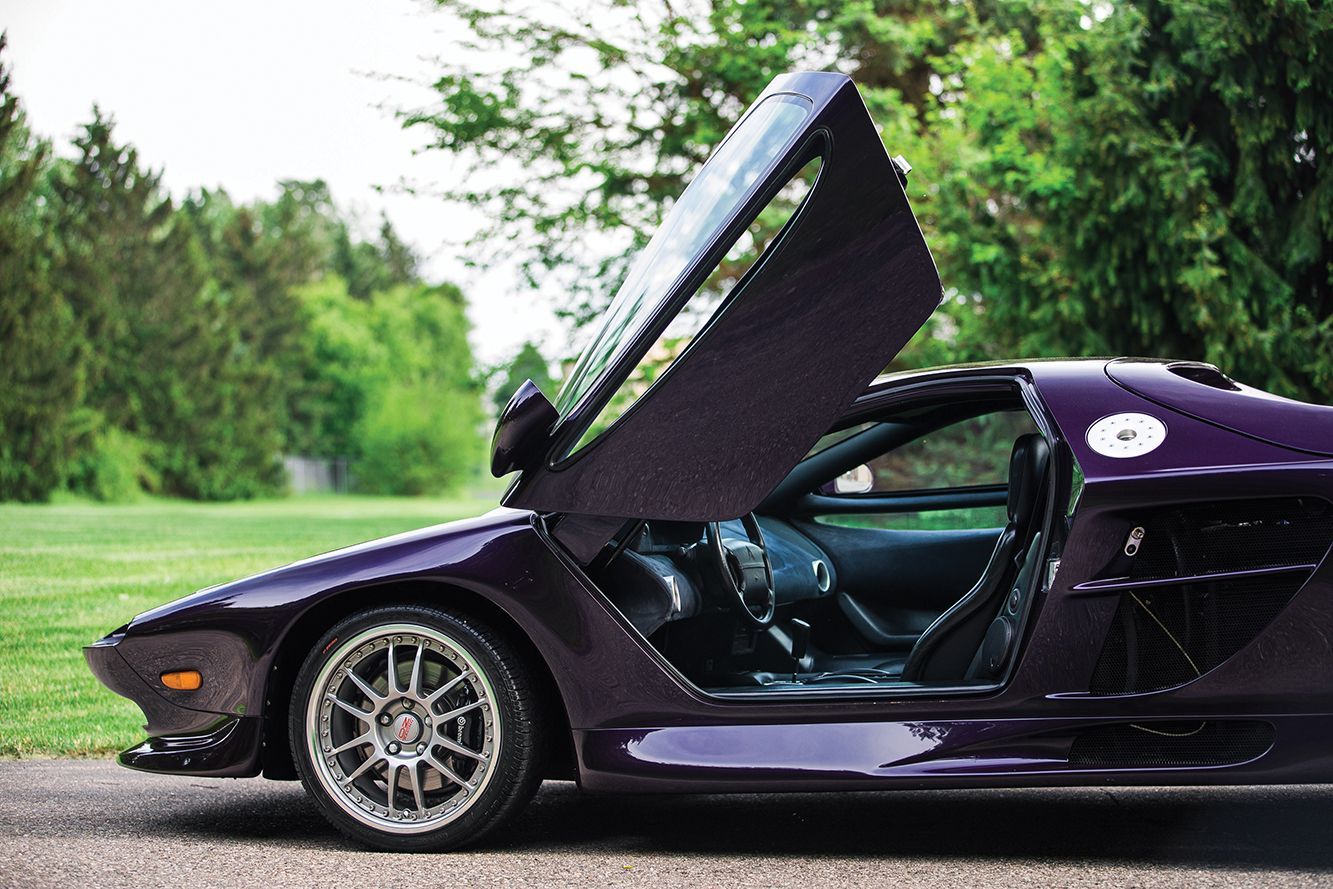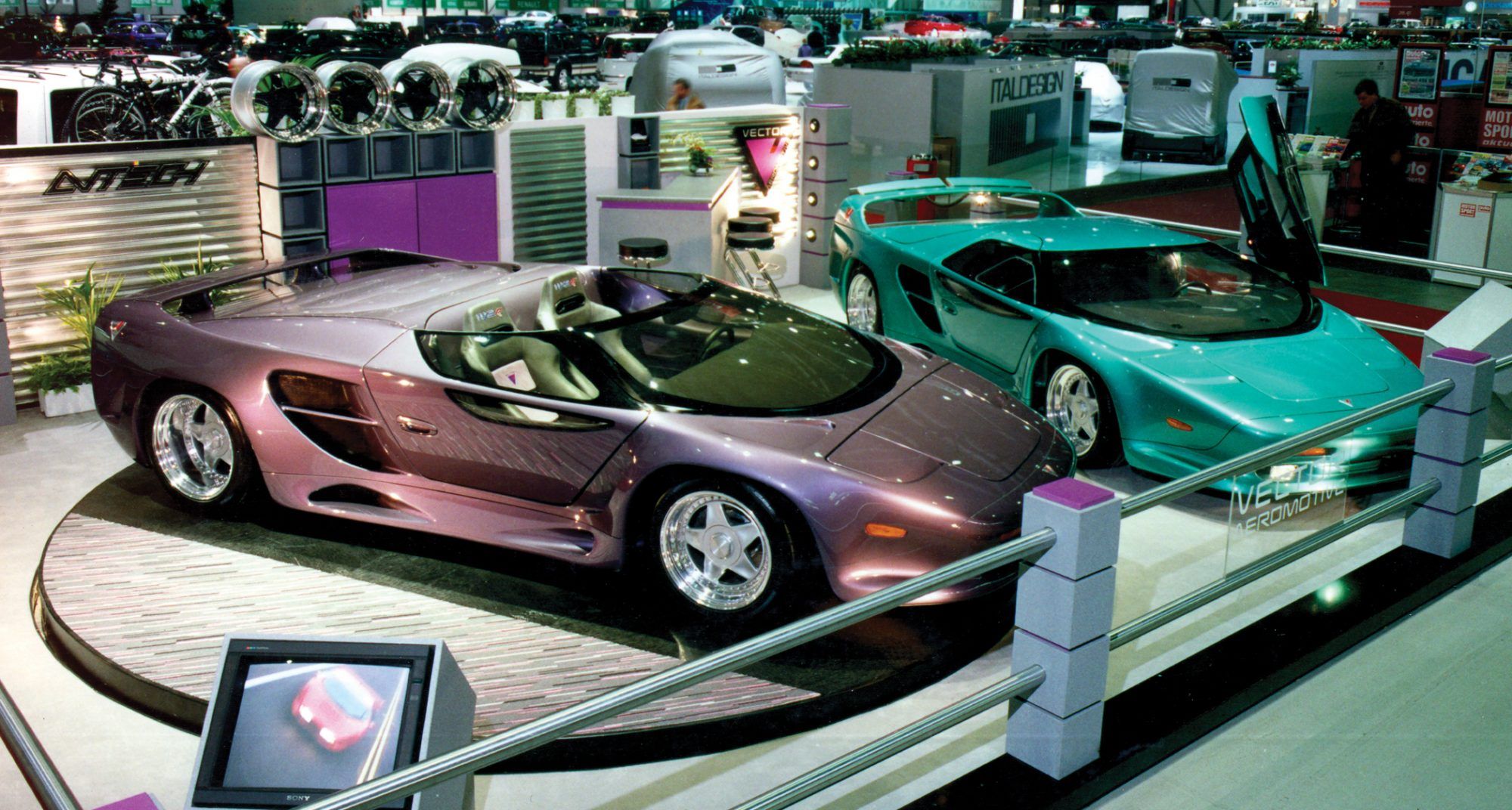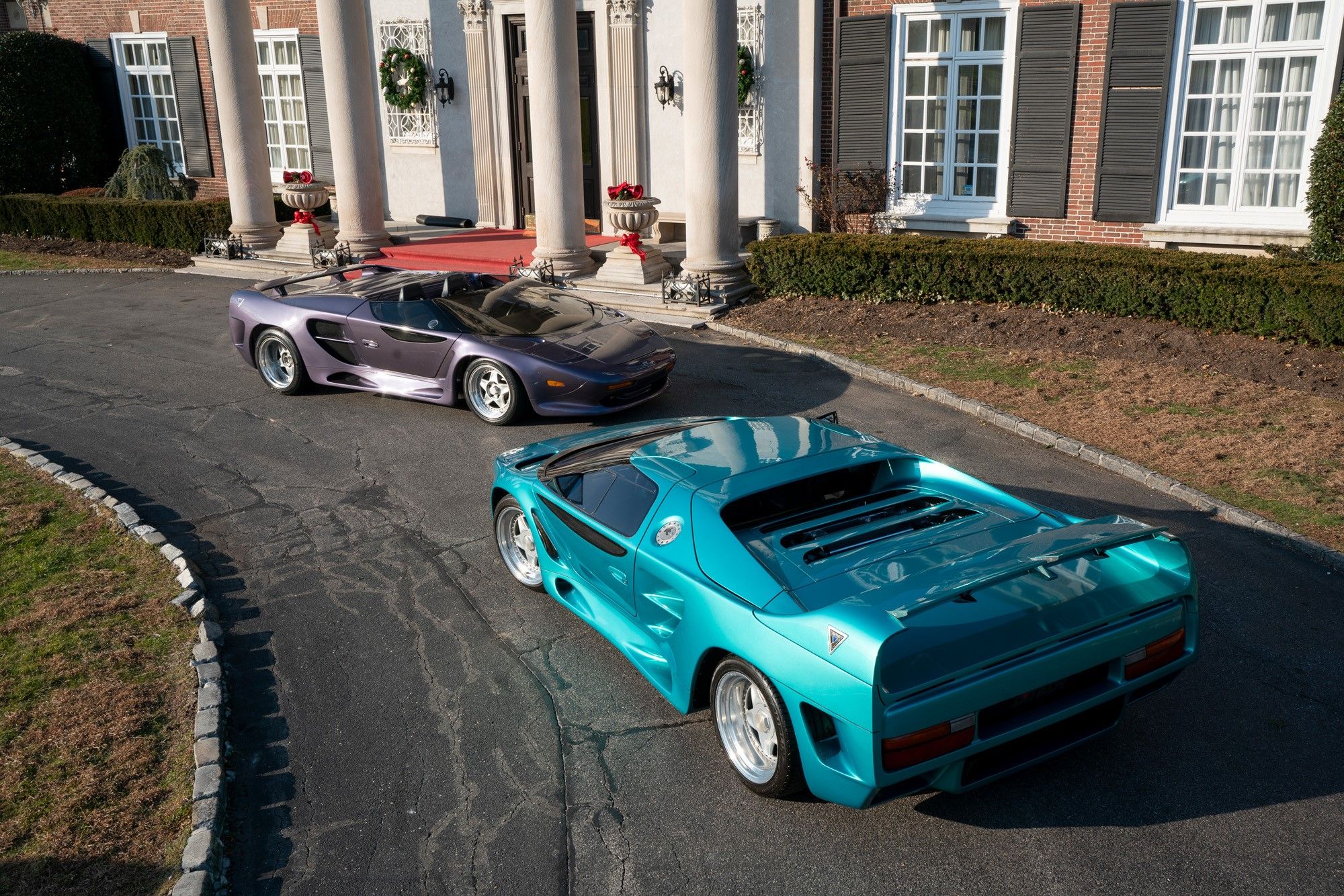The American auto industry was dominated by land yachts and muscle cars back in the day, and sports cars were built by the Europeans. While some golden-age muscle cars were as powerful as some of the most exotic cars produced in Italy, the US didn't have anything to rival them when the going gets twisty... nor did they look as cool. But one man with a dream and a lot of determination thought that he could and would rival the biggest supercar marques of all time. That's how Vector was born. Unfortunately, things didn't go as planned.Vector's story is one of the most fascinating and inspiring stories of the American automobile industry. It didn't have a happy ending, but no one could ever blame Vector for not trying. They tried hard to make their dreams a reality, but in the end, they only made 19 cars in total, but they gave the Americans a car to be proud of, a car whose poster adorned children's bedroom wall, fueling their dreams of one day owning something exotic. This is the story of Vector, one of the forgotten American heroes.
9 Not Your Usual Dreamer
Vector was not your usual hypercar manufacturer, so it’s only natural that it has a rather unusual story. Gerald Wiegert was Vector’s everything right from the start. He was the founder, chairman, CEO, and head of design and technology deployment from day one until his passing earlier this year, apart from an interesting time period that will be mentioned later. He was a gifted designer and engineer and designed and oversaw the production of every Vector apart from one model.
Wiegert worked for some of the most renowned names in the industry and decided to create a company to go after his dreams. He was an ambitious man and basically wanted to create fighter planes for the street and redefine exotic cars, and while he wasn’t as successful as he hoped, his cars defined an era and fueled the dreams of many young gearheads.
8 One Of The Coolest Concepts Ever
Wiegert’s first company was called Vehicle Design Force, and they announced the Vector W2 as a concept for future things to come. Wiegert wanted to create a reputation for the company because he was starting from scratch, and he was against the likes of Ferrari, Lamborghini, Porsche, and BMW, so he put all the bells and whistles to the W2 like scissor doors, a 5.7-liter twin-turbo V8 from Chevy, and the car looked so fast that every automobile magazine had to take notice.
This mean-looking machine was on display at many auto shows worldwide between 1978 and 1987. It helped Gerald Wiegert to raise money and get some experience in exotic car building. But it was the only Vector on the planet before something resembled a production began for W8. The W2 concept clocked more than 100.000 miles between testing and going to and from auto shows. It headlined many magazines and covered the walls of many young gearheads.
7 Vector Aeromotive
Vector got enough financial backing during the W2’s very long concept phase and tried its hand at building a production vehicle. The car in question was one of the most interesting cars ever laid rubber on the asphalt, but before that, Wiegert changed the companies name to something that’s more worthy; Vector Aeromotive.
Because Gerald Wiegert didn’t want to build supercars for the sake of building them, he wanted to create war machines, fighter jets to bring the fight to Ferrari and Lamborghini, he didn’t want to challenge European domination, he wanted to beat them in every way imaginable. And he nearly did.
6 First American Supercar
Vector went through the ‘80s without a single production vehicle, and this situation started to raise some eyebrows over the company’s legitimacy. Finally, in 1989, the Vector W8 emerged to give the magazines something to write about. And it was quite the car. The amazingly ludicrous-looking vehicle resembled a fighter jet. It also felt like a fighter jet on the inside with some of the buttons and switches being straight out of an F-117 Nighthawk.
It also had the performance to back its looks up. The W8 was powered by a modified Corvette engine, bored and stroked to 6 liters with twin-turbos producing a jaw-dropping 625 horsepower and 649 lb-ft of torque. This engine was mated to a 3-speed automatic sourced from GM, yet it was heavily modified. With this combination, the car bolted from 0 to 60 in 3.8 seconds, at least that’s what Wiegert claimed, and an incomplete test of Car and Driver proved it. While the top speed claims were a little outrageous at 242 mph, this was never proven, because of transmission issues when testing and the fact that no one really wanted to try it, yet customer cars did hit 218 mph quite consistently.
5 W8 Is Incredibly Rare
The Vector W8 is one of the most sought-after vehicles ever, and for good reason. This car has historical importance, as it was the first American supercar. It’s also very rare. Vector only built 19 W8, and this includes 2 early prototype vehicles.
The reason for this very low production number is that this car was very expensive when it was introduced, the sticker price was $283.750, which was higher than a Lamborghini Diablo. However, the car was pretty overbuilt. Every component was chosen to last forever. Even with the high sticker price, Vector lost money and increased the price of the car to $448.000. Even this wasn’t enough to keep Vector afloat, and the board soon fired Gerald Wiegert. Vector was negotiating a deal with Chrysler to buy Lamborghini at the time, but after Wiegert’s firing, the W8 production and Lamborghini deal folded.
4 Megatech And Vector
The board sold Vector to an Indonesian firm called Megatech, which owned Lamborghini at the time. This deal was pretty interesting because Gerald Wiegert initially allowed them to buy the company but later changed his mind. According to Wiegert, Megatech tricked and bribed the board to fire him and took over Vector in a hostile manner. After the takeover, Wiegert changed the locks of the company’s California headquarters and hired armed guards. But he lost the lawsuits and Megatech moved what was left of the company’s headquarters to Florida, to the new Lamborghini headquarters.
In Florida, a new team was put together to work on a new Vector vehicle, all very prominent names in performance vehicles like Tim Enright and Mike Kimberley both were very important for Lotus. Vector also has access to Lamborghini parts and better resources, which came from Tommy Suharto, favorite son of Indonesia's second president. But things didn’t go as well as they planned.
3 The Vector M12 Was Interesting
Derived from the WX-3 concept, the Vector M12 used the engine from the Lamborghini Diablo, and it was the only Vector that's not designed by Wiegert. While the concept car it's based on, the Avtech WX-3 was designed by him, Peter Stevens and Michael Santoro worked on the concept to create M12. That concept was just too good to pass up.
Vector M12 was a crazy car, but it could be so much more. Wiegert wanted to use a 1200 horsepower engine, but it had to make do with 400 horsepower. It lost so much more than some horsepower, though. It lost Vector's spirit. In the end, only 16 cars were sold.
2 Megatech Was A Big Flop
As it turns out, Megatech was a big flop. Not only it was a big flop, but it was also founded by Tommy Suharto, son of the dictator Suharto and overall a very bad guy, not the kind of people you would do business with. After Asia's big financial crisis in 1997-1998, Suharto sold Lamborghini to Audi AG for $110 Million and this led to the closure of the Vector.
When Wiegert got back to his company what he found was an empty shell. But he was never the man to abandon ship and stop fighting for his dreams. He quickly pulled some strings to get Vector in an operable state.
1 Vector Sold 2 Prototypes To Build A New Hypercar
As we said, Gerald Wiegert was not your usual dreamer. In 2018, Vector made headlines again, this time they sold two of their priceless prototypes, the Vector WX-3. These cars were incredibly excessive, so much so that Motortrend wrote "The Vector WX-3 is the only car to out-Countach the Countach"
But the car Wiegert wanted to build was more excessive. The company's last try at making a hypercar was a failure, too. Wiegert claimed it would have a 10-liter big block engine and a 300 mph top speed. But the saddest part of the whole thing was to see the WX-3. One couldn't help but wonder what would have been. We might never know because, sadly, Gerald Wiegert passed away on January 15, 2021. He was an unusual dreamer, and while he built few cars, he certainly left a big impact.

